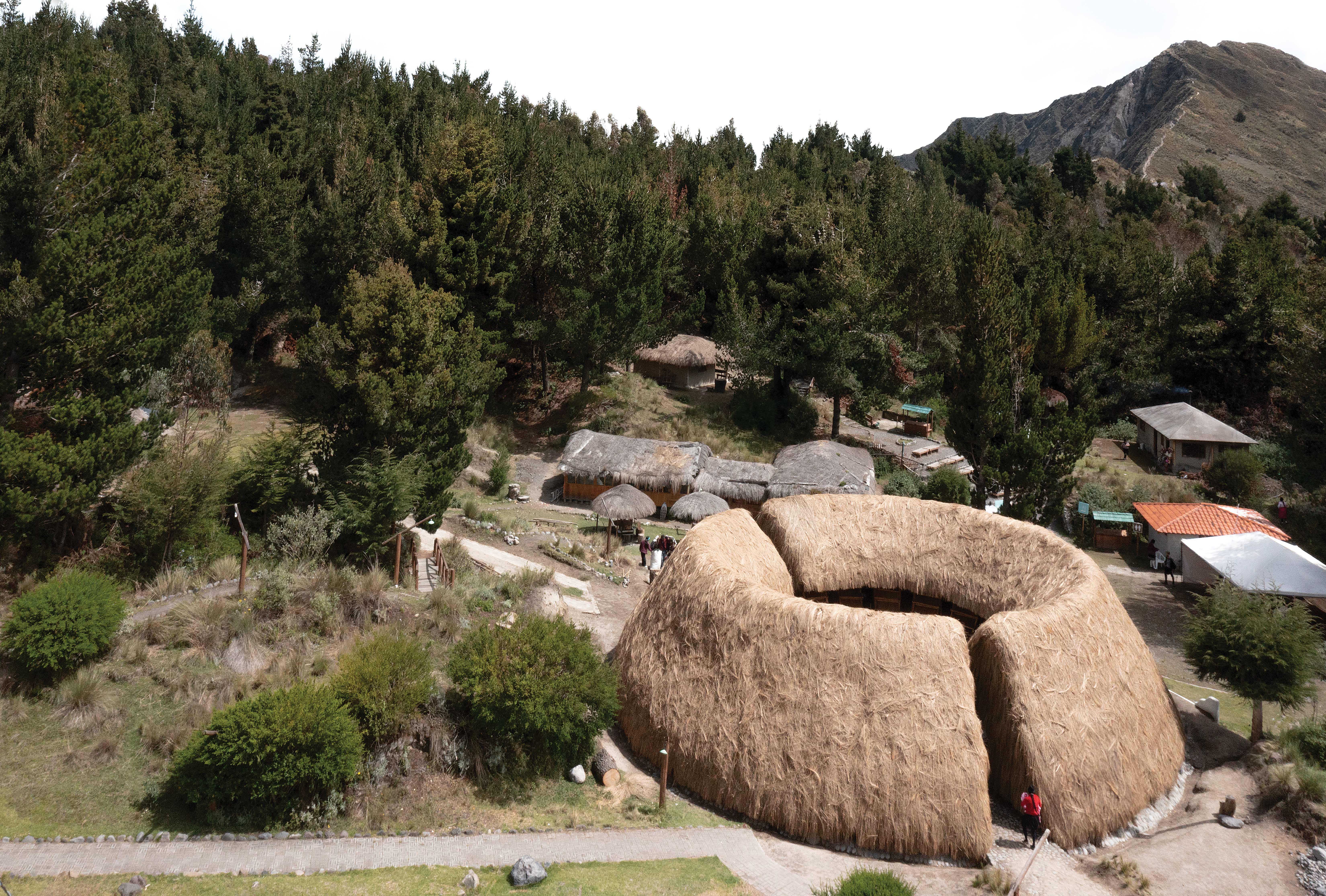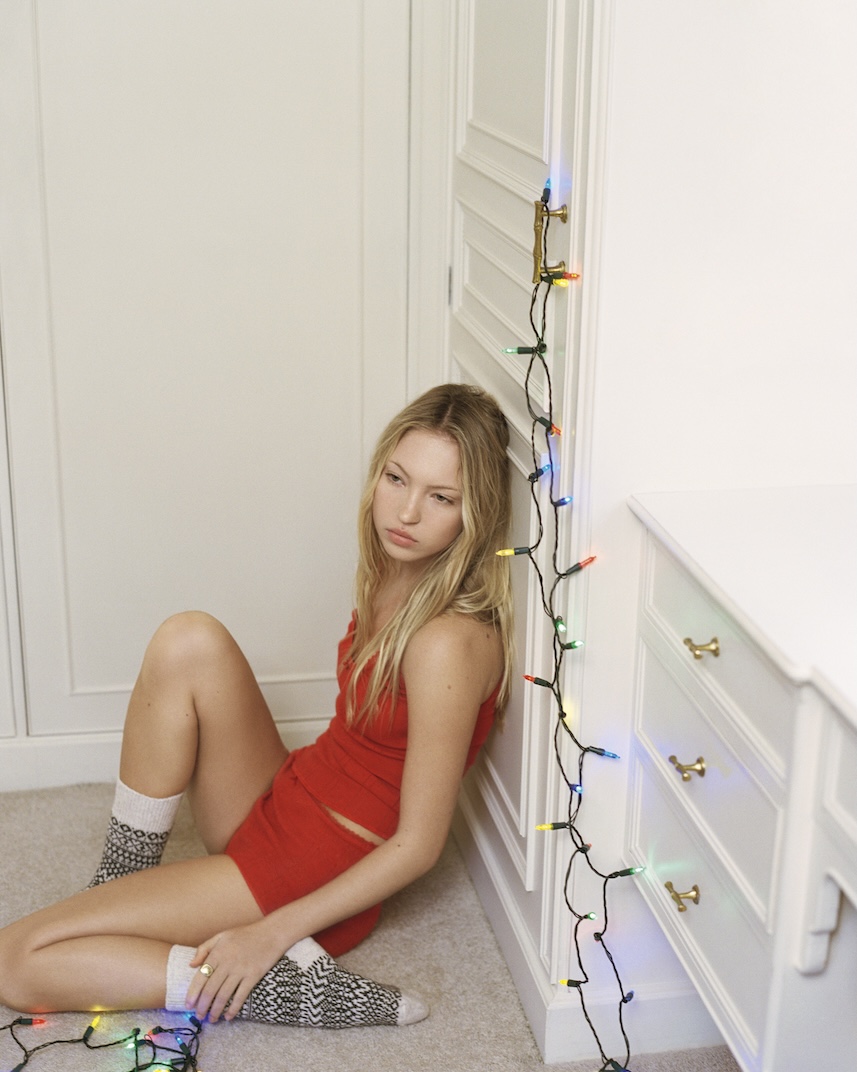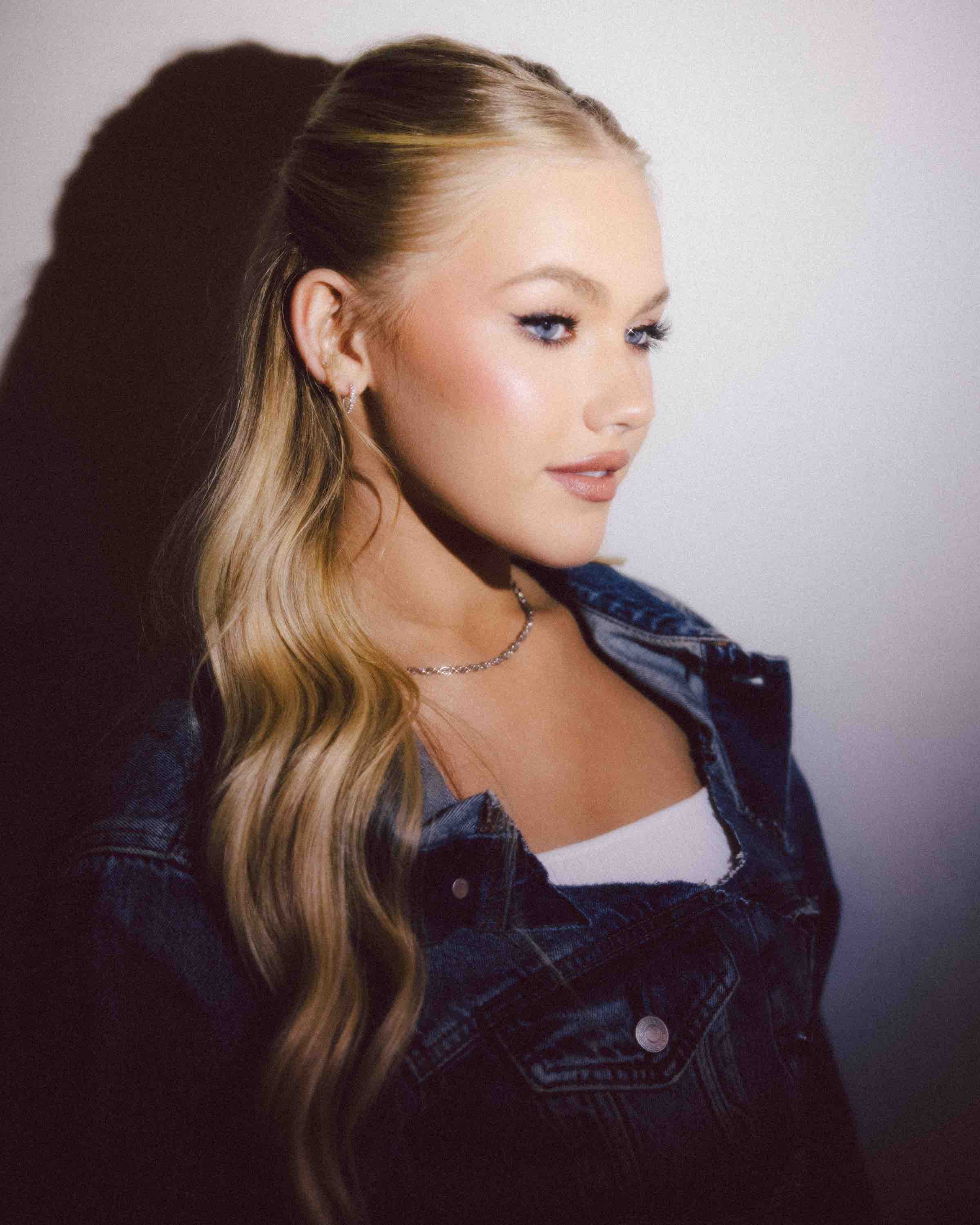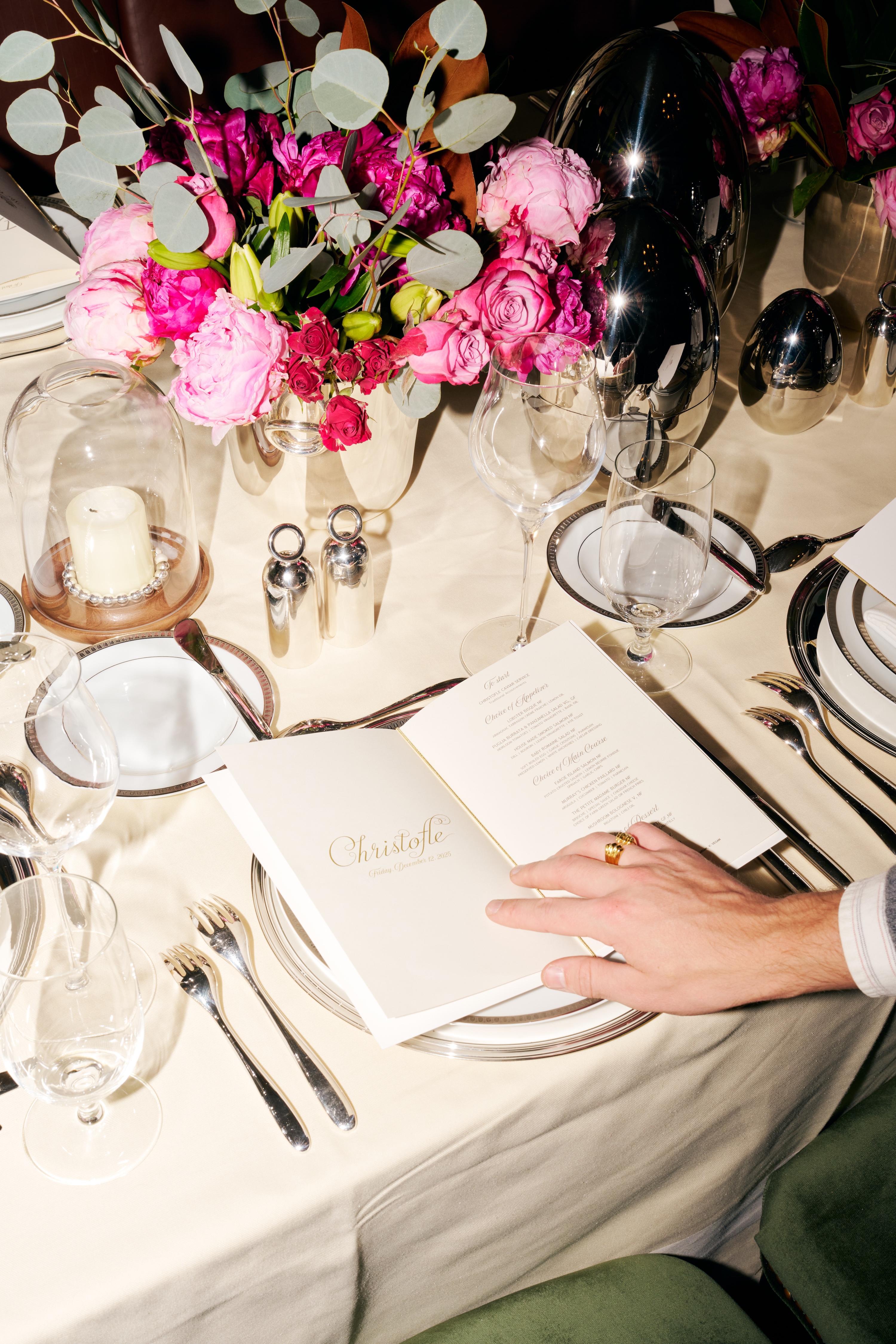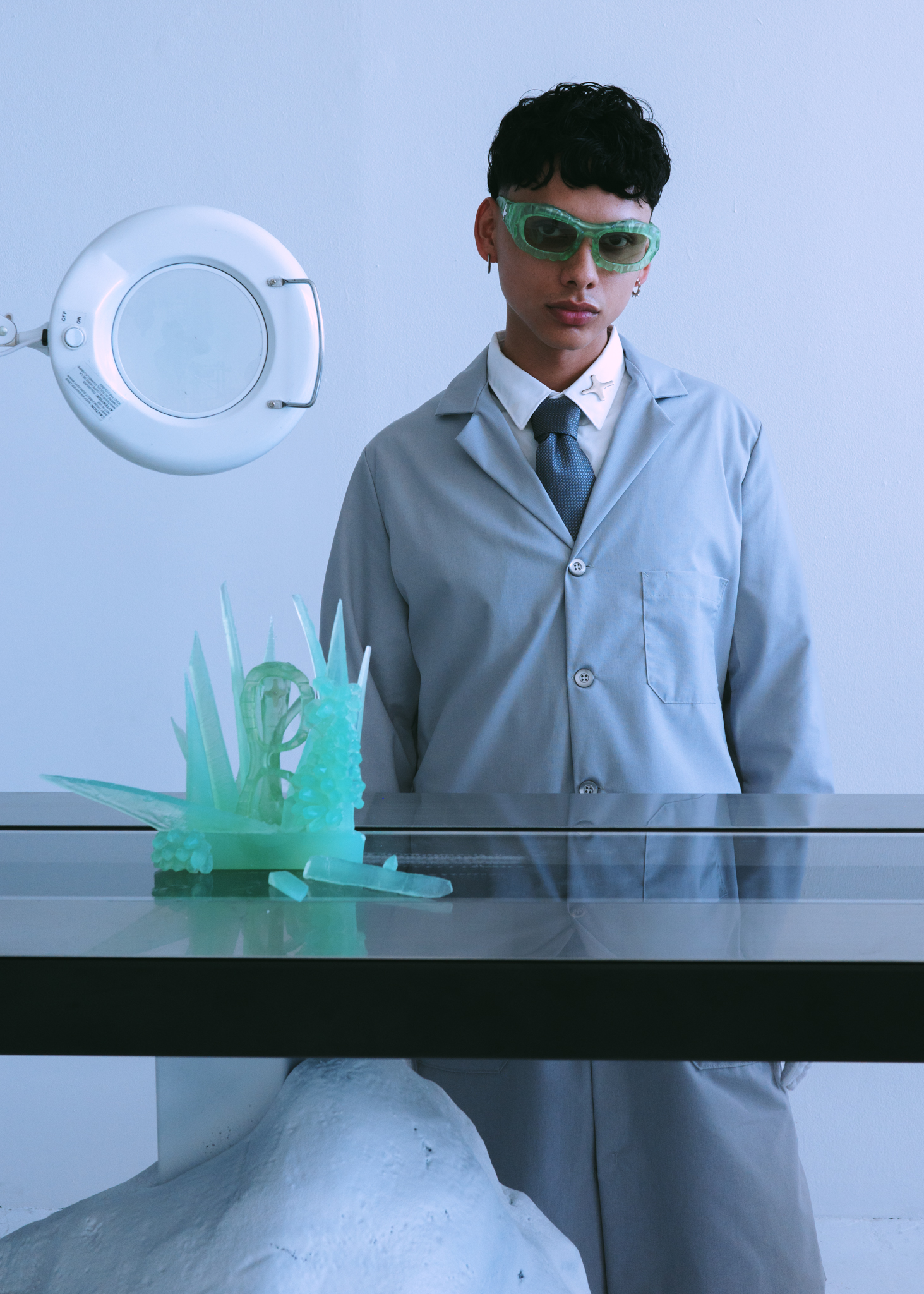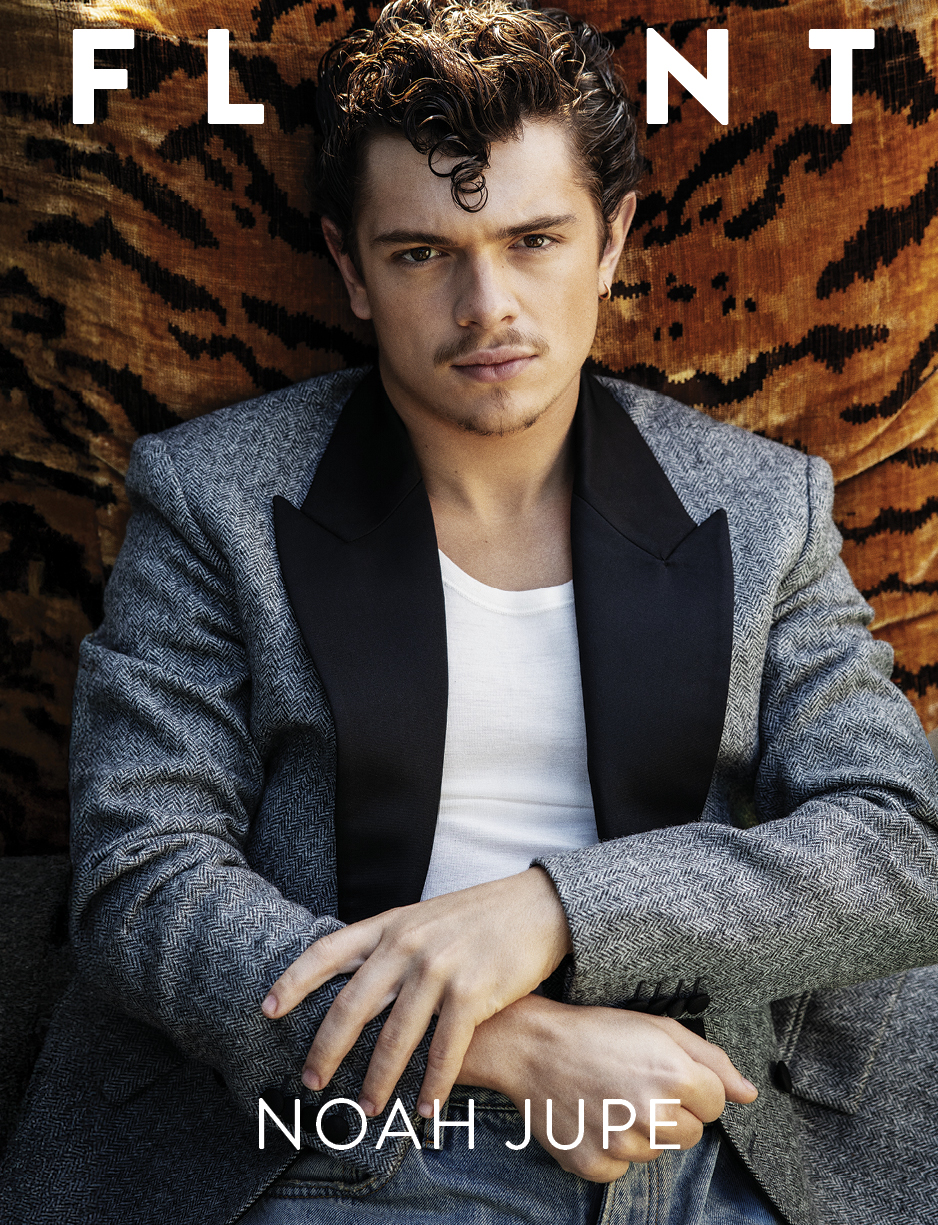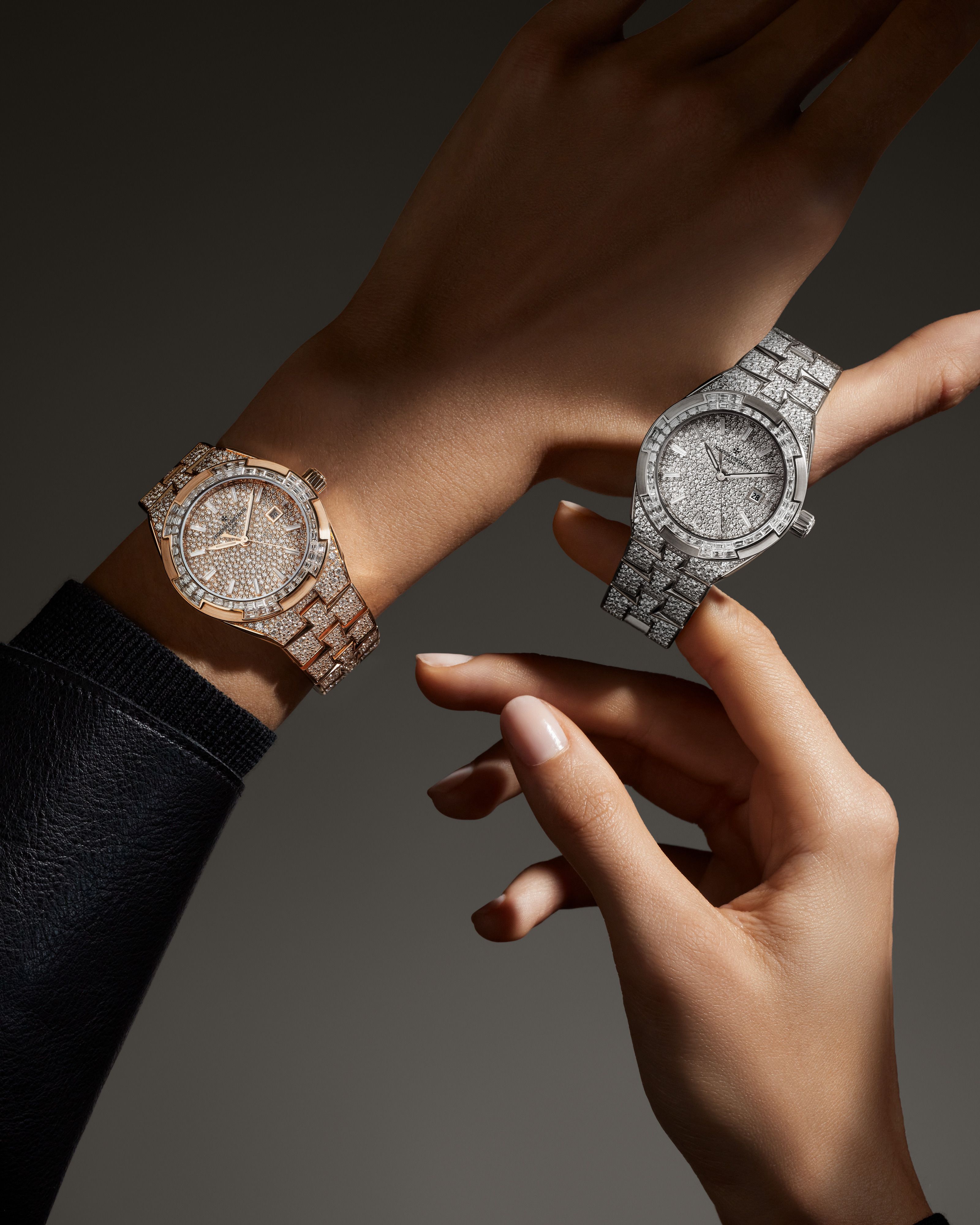

“Not the Kind to Win,” (2012). Oil on panel. 16 x 16 inches. Courtesy the artist.


“It Looked Like You But It Wasn’t,” (2012). Oil on panel. 24 x 20 inches. Courtesy the artist.


“Permission Repeater (Oracle),” (2013). Hydrocal with Xerox-transfer, Epoxy-putty,


“Vapid Lipids,” (2013). Oil on panel. 12 x 9 inches. Courtesy the artist.
[](https://flaunt-mag.squarespace.com/config/pages/587fe9d4d2b857e5d49ca782#)[](https://flaunt-mag.squarespace.com/config/pages/587fe9d4d2b857e5d49ca782#)
Jeremy Olson
Illuminations On Art, the Love of Triangles & Salty Meat
Take a whiff of the prosciutto-wrapped cover of
_Flaunt_
, the image so prominent you can smell the dried, thinly sliced pig. This is the work of Jeremy Olson. The artist has an apparent attraction to food imagery, as shown in his paintings of butternut squash, juicy bits of orange, and huge cuts of beef obscuring potentially handsome faces. Aside from the edible, his art—both painting and video—returns to themes of geometric forms, entering voids, and the metamorphosis of commercial imagery.
_Flaunt: What made you decide to use prosciutto in your cover art for_ Flaunt_?_ Jeremy Olson: I’ve painted prosciutto before. It’s a beautiful surface and I like the translucency of it. There’s no other meat or food product that has the same quality. Part of it is very formal and it also has a gross utility, a gross-out level.
_How has your art evolved over the years?_ While it changes a lot, what I think is interesting is that I keep returning to similar things, whether it’s a color palette, or shape, or a certain kind of object. Unknowingly, these interesting repetitions happen over time. But the stuff I was drawing in high school was more like heavy metal album cover art, or comic books. Later my work was illustrative. Now it’s more realist work.
_Why do you find yourself returning to particular themes?_ I’m very interested in how images function and how photography functions. And trying to use painting as a way to get into the true claims of photography, to complicate that and try to open up a strangeness in these images. This starts out using pieces from advertisement or commercial imagery that is very familiar to people.
_And is this the approach you take for your video works as well?_ The video work is more about architecture, place, and environment. There’s a level of trying to create peace and familiarity through a cinematic effect, or architectural effects; referencing more science fiction.
So, for example, in “Ellipsis,” there’s a part where the subject’s body sinks into the ground.
That’s an image I keep coming back to in video and paintings. I’m interested in the idea of disappearing into architecture, and breaking down the solidity of the perceived world.
_You use many geometric shapes in both video and painting. What attracts you to that look?_ \[Geometric shapes\] have this way of collapsing time. They feel futuristic, but they also feel ancient. I think shapes have connotations of something spiritual that’s non-specific, and not actually tied to any belief system, but they suggest that potential.
_What are you working on now?_ I’m working on a series of paintings, and I’m also making a small tabletop sculpture out of plaster, seashells and tubing. I’m excited about them. I’m not sure if they are a side \[project\] or if they will become a part of a bigger project.
_Any new mediums you are interested in exploring?_ I’m interested in everything and it is kind of problematic. I would really like to learn how to weld and make giant pieces. I would like to do 3-D printing. But you only have so much time.
_For your portrait series, where the faces are transformed into geometric shapes, what do you look for in a face?_ The faces that are the most interesting to me are the ones that either have a really intense kind of gaze that addresses the viewer in a way that’s complicated or unsettling. Or alternatively, the \[faces\] that look vacant. Just staring into nothingness. You would never see somebody making that face on the street, but every other person in a fashion magazine is making that face, which I think is really quite great.
 
“Not the Kind to Win,” (2012). Oil on panel. 16 x 16 inches. Courtesy the artist.

“Not the Kind to Win,” (2012). Oil on panel. 16 x 16 inches. Courtesy the artist.
 
“It Looked Like You But It Wasn’t,” (2012). Oil on panel. 24 x 20 inches. Courtesy the artist.

“It Looked Like You But It Wasn’t,” (2012). Oil on panel. 24 x 20 inches. Courtesy the artist.
 
“Permission Repeater (Oracle),” (2013). Hydrocal with Xerox-transfer, Epoxy-putty,

“Permission Repeater (Oracle),” (2013). Hydrocal with Xerox-transfer, Epoxy-putty,
 
“Vapid Lipids,” (2013). Oil on panel. 12 x 9 inches. Courtesy the artist.
[](https://flaunt-mag.squarespace.com/config/pages/587fe9d4d2b857e5d49ca782#)[](https://flaunt-mag.squarespace.com/config/pages/587fe9d4d2b857e5d49ca782#)
Jeremy Olson
Illuminations On Art, the Love of Triangles & Salty Meat
Take a whiff of the prosciutto-wrapped cover of
_Flaunt_
, the image so prominent you can smell the dried, thinly sliced pig. This is the work of Jeremy Olson. The artist has an apparent attraction to food imagery, as shown in his paintings of butternut squash, juicy bits of orange, and huge cuts of beef obscuring potentially handsome faces. Aside from the edible, his art—both painting and video—returns to themes of geometric forms, entering voids, and the metamorphosis of commercial imagery.
_Flaunt: What made you decide to use prosciutto in your cover art for_ Flaunt_?_ Jeremy Olson: I’ve painted prosciutto before. It’s a beautiful surface and I like the translucency of it. There’s no other meat or food product that has the same quality. Part of it is very formal and it also has a gross utility, a gross-out level.
_How has your art evolved over the years?_ While it changes a lot, what I think is interesting is that I keep returning to similar things, whether it’s a color palette, or shape, or a certain kind of object. Unknowingly, these interesting repetitions happen over time. But the stuff I was drawing in high school was more like heavy metal album cover art, or comic books. Later my work was illustrative. Now it’s more realist work.
_Why do you find yourself returning to particular themes?_ I’m very interested in how images function and how photography functions. And trying to use painting as a way to get into the true claims of photography, to complicate that and try to open up a strangeness in these images. This starts out using pieces from advertisement or commercial imagery that is very familiar to people.
_And is this the approach you take for your video works as well?_ The video work is more about architecture, place, and environment. There’s a level of trying to create peace and familiarity through a cinematic effect, or architectural effects; referencing more science fiction.
So, for example, in “Ellipsis,” there’s a part where the subject’s body sinks into the ground.
That’s an image I keep coming back to in video and paintings. I’m interested in the idea of disappearing into architecture, and breaking down the solidity of the perceived world.
_You use many geometric shapes in both video and painting. What attracts you to that look?_ \[Geometric shapes\] have this way of collapsing time. They feel futuristic, but they also feel ancient. I think shapes have connotations of something spiritual that’s non-specific, and not actually tied to any belief system, but they suggest that potential.
_What are you working on now?_ I’m working on a series of paintings, and I’m also making a small tabletop sculpture out of plaster, seashells and tubing. I’m excited about them. I’m not sure if they are a side \[project\] or if they will become a part of a bigger project.
_Any new mediums you are interested in exploring?_ I’m interested in everything and it is kind of problematic. I would really like to learn how to weld and make giant pieces. I would like to do 3-D printing. But you only have so much time.
_For your portrait series, where the faces are transformed into geometric shapes, what do you look for in a face?_ The faces that are the most interesting to me are the ones that either have a really intense kind of gaze that addresses the viewer in a way that’s complicated or unsettling. Or alternatively, the \[faces\] that look vacant. Just staring into nothingness. You would never see somebody making that face on the street, but every other person in a fashion magazine is making that face, which I think is really quite great.

“Vapid Lipids,” (2013). Oil on panel. 12 x 9 inches. Courtesy the artist.
[](https://flaunt-mag.squarespace.com/config/pages/587fe9d4d2b857e5d49ca782#)[](https://flaunt-mag.squarespace.com/config/pages/587fe9d4d2b857e5d49ca782#)
Jeremy Olson
Illuminations On Art, the Love of Triangles & Salty Meat
Take a whiff of the prosciutto-wrapped cover of
_Flaunt_
, the image so prominent you can smell the dried, thinly sliced pig. This is the work of Jeremy Olson. The artist has an apparent attraction to food imagery, as shown in his paintings of butternut squash, juicy bits of orange, and huge cuts of beef obscuring potentially handsome faces. Aside from the edible, his art—both painting and video—returns to themes of geometric forms, entering voids, and the metamorphosis of commercial imagery.
_Flaunt: What made you decide to use prosciutto in your cover art for_ Flaunt_?_ Jeremy Olson: I’ve painted prosciutto before. It’s a beautiful surface and I like the translucency of it. There’s no other meat or food product that has the same quality. Part of it is very formal and it also has a gross utility, a gross-out level.
_How has your art evolved over the years?_ While it changes a lot, what I think is interesting is that I keep returning to similar things, whether it’s a color palette, or shape, or a certain kind of object. Unknowingly, these interesting repetitions happen over time. But the stuff I was drawing in high school was more like heavy metal album cover art, or comic books. Later my work was illustrative. Now it’s more realist work.
_Why do you find yourself returning to particular themes?_ I’m very interested in how images function and how photography functions. And trying to use painting as a way to get into the true claims of photography, to complicate that and try to open up a strangeness in these images. This starts out using pieces from advertisement or commercial imagery that is very familiar to people.
_And is this the approach you take for your video works as well?_ The video work is more about architecture, place, and environment. There’s a level of trying to create peace and familiarity through a cinematic effect, or architectural effects; referencing more science fiction.
So, for example, in “Ellipsis,” there’s a part where the subject’s body sinks into the ground.
That’s an image I keep coming back to in video and paintings. I’m interested in the idea of disappearing into architecture, and breaking down the solidity of the perceived world.
_You use many geometric shapes in both video and painting. What attracts you to that look?_ \[Geometric shapes\] have this way of collapsing time. They feel futuristic, but they also feel ancient. I think shapes have connotations of something spiritual that’s non-specific, and not actually tied to any belief system, but they suggest that potential.
_What are you working on now?_ I’m working on a series of paintings, and I’m also making a small tabletop sculpture out of plaster, seashells and tubing. I’m excited about them. I’m not sure if they are a side \[project\] or if they will become a part of a bigger project.
_Any new mediums you are interested in exploring?_ I’m interested in everything and it is kind of problematic. I would really like to learn how to weld and make giant pieces. I would like to do 3-D printing. But you only have so much time.
_For your portrait series, where the faces are transformed into geometric shapes, what do you look for in a face?_ The faces that are the most interesting to me are the ones that either have a really intense kind of gaze that addresses the viewer in a way that’s complicated or unsettling. Or alternatively, the \[faces\] that look vacant. Just staring into nothingness. You would never see somebody making that face on the street, but every other person in a fashion magazine is making that face, which I think is really quite great.


